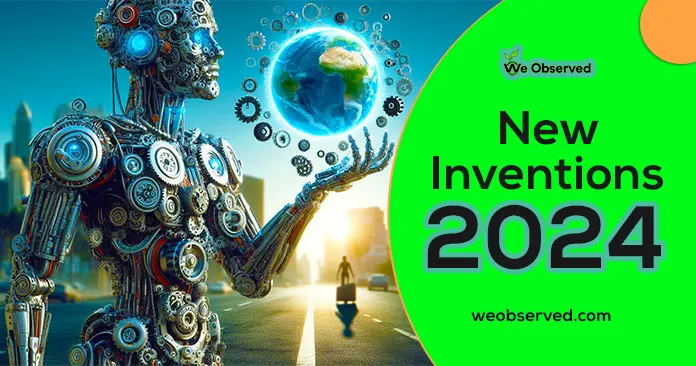Eco-Friendly Alternatives for the Plastic: In this growing and developing world, plastic is like one more killing machine developed by Humans, and just like any other time, our mother earth, environment, and other living species are suffering from it.
Plastic is just everywhere like your toothbrush, phone, laptop, TV, chair, carry bags and so on. We buy things from shops which come wrapped in plastic. Plastic seems very useful but it is actually very harmful because it is non-biodegradable and can maintain its state for decades, which makes it more dangerous.
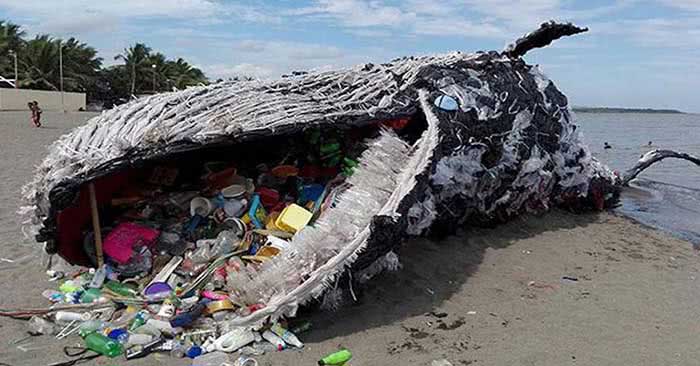
Tons of plastic waste has been dumped into seas all over the world which pollutes the whole sea. And when we burn it, it emits dangerous chemicals such as hydrochloric acid, sulfur dioxide, dioxins, furans and heavy metals along with particulates.
Also Check:Effects of COVID-19 on Environment and Mother Earth
Before knowing the best Eco-Friendly Alternatives for the Plastic, let’s take a look at how deep they have managed to reach in our life.
How deep have these harmful things penetrated into our lives?
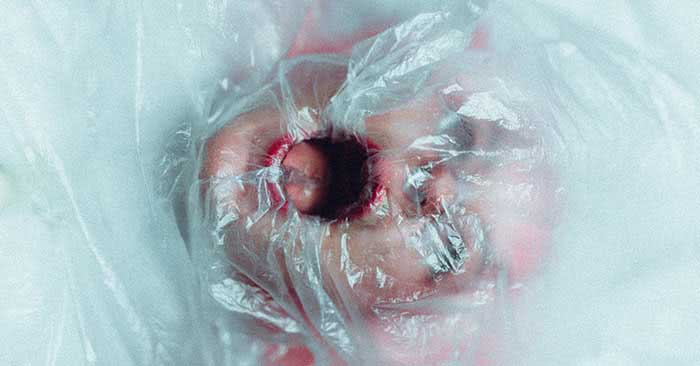
These are everywhere, from clothes to eatable items, from electronic equipment to tools.
- Most of the food items like cereals, crackers, snacks, some teas and coffees, meat, cheese and yoghurt are packed in plastic.
- Waxed cardboards which are used to pack Milk contain nearly 20% of plastic and 80% paper.
- The lining of the metal cans, containing drinks and other food items, is done with plastic.
- Everyone uses personal care products, which come in plastic bottles like shampoo, gels, moisturizer, creams and oils etc., also some products contain a synthetic polymer, which basically is plastic.
- Plastic base materials are used in making dental floss and razors.
- Polyester, nylon, rayon and acrylic yarns and fabrics release millions of plastic fibres which get mixed in the waterways. All these synthetic fabrics are made up plastic.
- Diaper and skin wipe also contain plastic. The inner side of the diapers contains a super absorbent polymer and the outer part contains a plastic treated fabric or petroleum-based plastic.
- The disposable Sanitary napkins also contain plastic. An average napkin contains at least 2 grams of plastic.
- Wrapping papers which are used to wrap gifts contains laminated plastic and plant fibres as well as the tapes, glitters and stickers.
- In chewing gums a common ingredient is used in the gum base is polyvinyl acetate. And yes it is a type of plastic.
- Cellulose acetate which is a form of plastic is used in cigarette filters.
- Polypropylene which is a type of plastic-based glue is used to seal tea bags. Polyvinyl acetate the same type of plastic which is used in gum base is used in glues like school glues and wood glues.
- Coffee cups and teacups are made of plastic, they may seem like paper but actually there is plastic in the lining.
Now you know how much plastic we have in our surroundings, so you may think to get rid of them, but how?
Also Read:Musicolet Review | JBL Infinity GLIDE 120 Review |Sony WH-1000XM3 Review
Best Eco-Friendly Alternatives for the Plastic
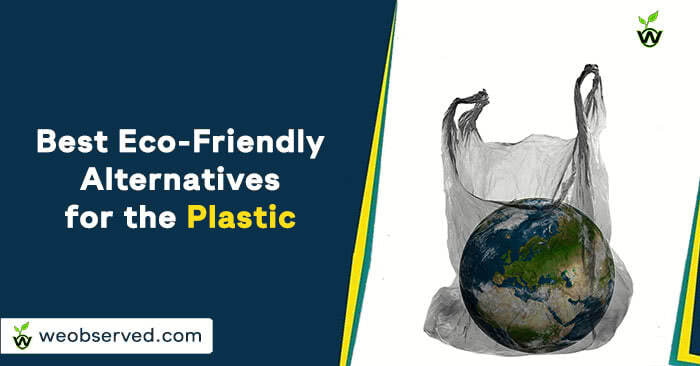
To replace the plastic we have to find the Best Eco-Friendly Alternatives for the Plastic that we can use in place of them. So let us take a look at alternatives that we can use.
Cardboard
Cardboard is a biodegradable material as long as it stays away from plastic. Cardboard is cheap and far better than plastic. Many companies have started using cardboard instead of plastic for packaging their stuff to decrease waste. If you have some plastic containers at your home, you can replace them with cardboard boxes.
Paper
In the case of plastic, it can be recycled infinitely whereas paper can’t be recycled infinitely because every time paper is recycled its fibres shorten which leads to limited use of the paper. All papers, except the paper which are so smooth looking and glossy, are compostable. Many companies and shops have started using paper bags instead of plastic bags which is a good step towards the end of the plastic.
Also Check:Anker Soundcore Life Q20 Review | UC Browser Review |diib Review
Wood
Wood, as we all know is a renewable source of energy as well as it is used to make various other things. It can replace plastic in homes. Some people have plastic furniture which can be replaced by wooden furniture. Wood can also be used in kitchen utensils, chopping boards and cleaning brushes etc. and wooden toys should also be introduced.
Bamboo
Just like wood, bamboo is also a renewable resource and it is the longest grass and it grows at very fast rate. It can be used in tableware and for making straws. It is compostable, durable and lightweight. It is a good alternative for plastic straws.
Pottery and stoneware
Long ago, when humans had no idea about the plastic they used clay and stones for making dishes. These dishes were waterproof and best for food storage. As they were made up of clay and stone there was no need to decompose them.
Also Check: What is SEO |Jabra Elite 75t Review |Best Noise Cancelling Headphones 2020
Beeswax-coated cloths
It is basically a mixture of cotton with food-grade beeswax, rosin, coconut oil and jojoba oil. It is used in the place of plastic wraps and plastic bags. Its price is a bit high but it is very good for food preservation. It can be washed and dried and it remains good until a year.
Natural fibre cloth
Instead of using plastic bags, we can use natural cloths. Clothes made from natural and organic cotton, wool, hemp, and bamboo will not release any plastic substances when washed.
Platinum silicone
Food grade platinum silicone is lightweight and way better than plastic. Unlike plastic, food-grade and platinum silicone when burnt does not emit harmful chemicals and are not dangerous to the ocean or any other water or landmass. That does not mean you can throw it anywhere, but yes you can recycle it.
Glass
Glass is not so expensive and is used by many companies to pack jams, honey, pickles and so on. Glass also being infinitely recyclable can be used for many purposes. You can store food in the jars and can use it for decoration and other storage purposes.
Also Check:Samsung Galaxy Buds Plus Review |Jay’s X-Five Wireless Review
Stainless steel
Stainless steel can replace many plastic items because it is tough and is easy to clean. Plastic lunch boxes, plastic water bottles, plastic storage boxes for food and beverages etc. can be replaced by stainless steel.
Bio-plastic
Renewable biomass sources such as vegetable fats and oils, corn starch, straw, woodchips, sawdust and recycled food waste are used to make these plastic materials called bioplastic. These are considered one of the Best Eco-Friendly Alternatives for the Plastic.
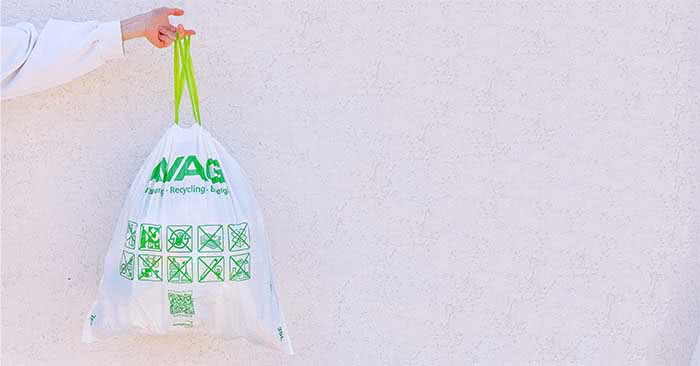
The bioplastics can also be made with the help of micro-organisms using agricultural by-products and also from used plastic bottles. These are not harmful like the other plastics and can be composted to an extent. These are not fully biodegradable. Most of the bioplastics require commercial composting facilities which are not available to everyone.
Also Check:4 Eco-Friendly Inventions to Save Earth from becoming Garbage
Some bioplastics may also contain plastic to some extent. Bioplastics can be grouped in the following basis-
- Non-biodegradable-Some bioplastics can’t be decomposed by the help of micro-organisms, which may contain some plastic. They get degraded themselves after years.
- Partial bio-plastics- These plastics can be decomposed by micro-organisms which takes 3-6 months or maybe longer than that. These are not compostable at all.
- Biodegradable and compostable plastics-Some of the bioplastics claim that can be decomposed in home compost but it’s not yet proven. But they can be decomposed in the commercial facilities.
We talked about alternatives for plastic that can be used in place of many plastics, but there are also natural alternatives for plastic and very useful.
Natural alternative packaging
The natural packaging is very useful, compostable and in some cases also edible. Many companies are using natural packaging in their products let have a look at it-
- Mushroom packaging –Mushroom packaging is made from combining agricultural waste and mushroom roots. This product grows on the hemp-flour mixture and to stop further growth it is dried. It is a home compostable product. It is basically used as an alternative for Styrofoam packaging.
- Seaweed packaging- It is edible and biodegradable.
- Pressed hay-It is mostly used in Poland as cartons for packaging of eggs.
- Banana leaves and bamboo-In Thailand, after seeing the increased plastic waste a supermarket has started using banana leaves and bamboo as packaging materials and this method should be used everywhere if there is abundant banana or bamboo in the area.
Must read:5G : Are you ready for Towers over the dead bodies of birds??
Source: eartheasy.com
Best Eco-Friendly Alternatives for the Plastic: Conclusion
In this article, we have enlisted some of the best Eco-Friendly Alternatives for the Plastic, we also understand that replacing plastic is not an easy task. It will take more time than expected and we also admit that there are more inventions are required to provide a more effective solution.
We have to replace with something that doesn’t require cutting trees and causing more harms to our environment, and the most important thing is that we have to start it from now because it is already too late. We just have to reduce our dependability on these plastic items and promote using Eco-Friendly Alternatives instead of Plastic in daily life. We will soon publish another article with some effective tips to reduce the usage of plastic. So until then enjoy our other articles, stay safe and keep visiting here.





